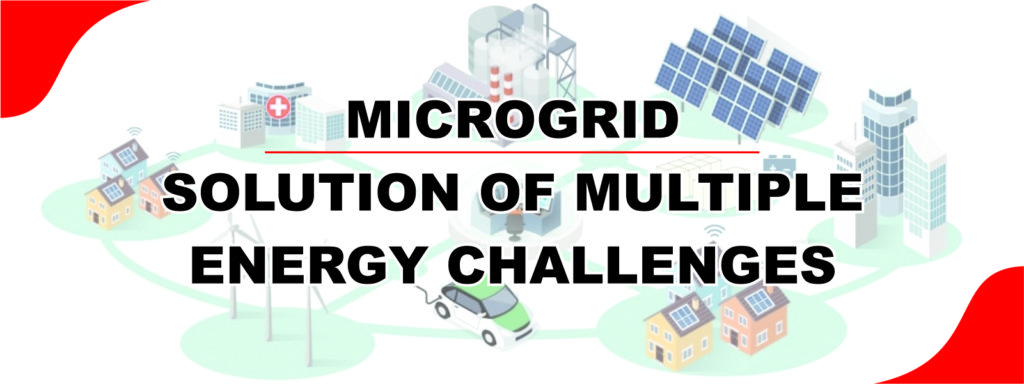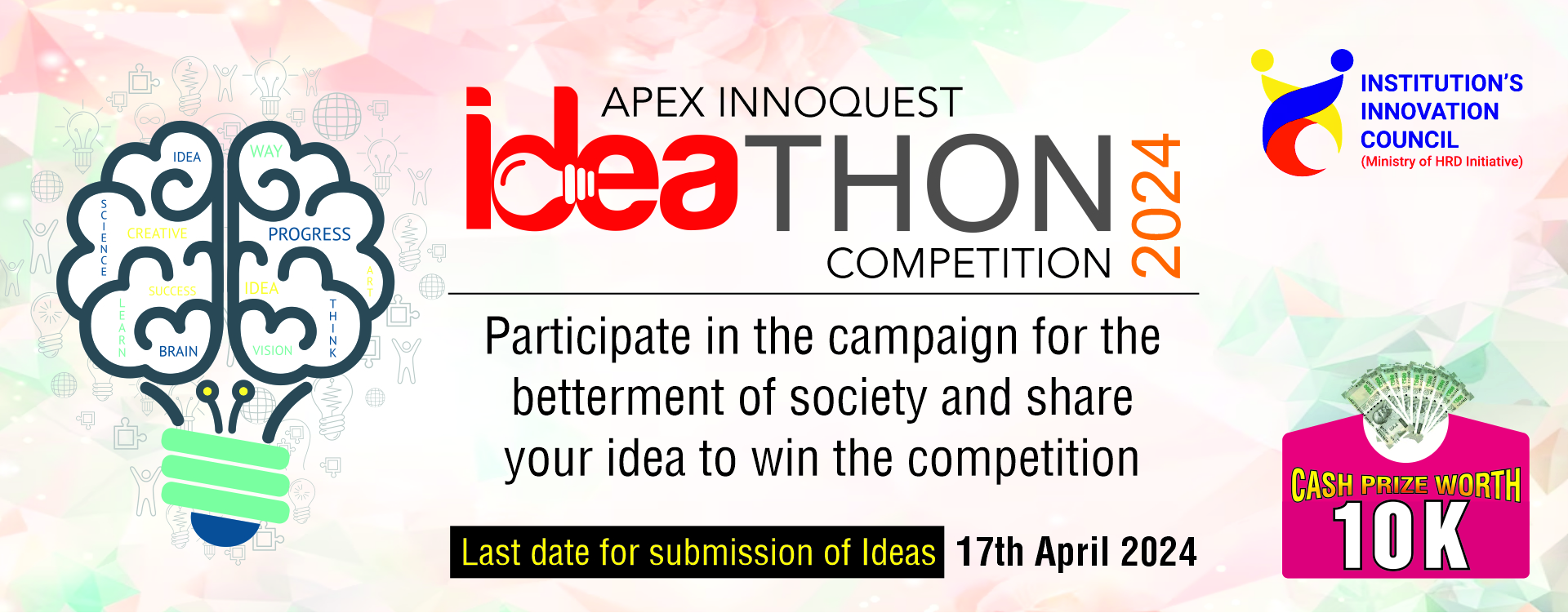
MICROGRID – SOLUTION OF MULTIPLE ENERGY CHALLENGES

MICROGRID: SOLUTION OF MULTIPLE ENERGY CHALLENGES
A MICROGRID is a discrete energy system consisting of distributed energy sources (like demand management, storage, and generation) and loads that are capable of operating in parallel with or independently from the main power grid.
This is a localized group of electricity sources and loads that normally operates connected to and synchronous with the traditional wide area synchronous grid.
The main aim is to ensure local, reliable, and affordable energy security for rural and urban areas while also providing sources for commercial, industrial, and federal government consumers. As the name suggest, MICROGRID are smaller version of traditional Power Grid.
Like traditional electrical grids consist of power generation, transmission, distribution, and control of various parameters for supply continuity such as voltage regulation and switch gears.
However, MICROGRIDS differ from that one by providing a closer proximity between power generation and power use, resulting in increased in efficiency and reduction in power transmission.
MICROGRIDS interoperate with existing power systems, information systems, and network infrastructure, and are capable of feeding power back to the larger grid during times of grid failure or power outages. MICROGRIDS can also integrate with renewable energy sources such as solar, wind power, small hydro, geothermal, waste-to-energy, and combined heat and power (CHP) systems.
MICROGRIDS perform dynamic control over energy sources, enabling autonomous and automatic self-healing operations. During normal or peak load or at the time of the power grid failure, MICROGRID can operate independently as larger grid and isolate the generation nodes and power loads from disturbance without affecting the larger grid’s integrity to avoid grid failure.
Components in MICROGRID
There are four basic types of components require in MICROGRID.
1. Local generation: A MICROGRID presents various types of generation sources that feed electricity, heating, and cooling to user. These sources are divided into two major groups – thermal energy sources (e.g. natural gas or biogas generators or micro combined heat and power) and renewable generation sources (e.g. wind turbines and solar).
2. Consumption: In a MICROGRID, consumption simply refers to equipments that consume electricity, heat and cooling which range may be lighting, heating system of buildings, commercial centers, etc. But in the case of controllable loads, the electricity consumption can be modified according to the demand of the network.
3. Energy Storage: MICROGRID is able to perform multiple functions, such as ensuring power quality, including frequency and voltage regulation, smoothing the output of renewable energy sources, providing backup power for the system and playing crucial role in cost optimization. It includes all chemical, electrical, pressure, gravitational, flywheel, and heat storage technologies.
When multiple energy storages with various capacities are available in a MICROGRID, it is preferred to coordinate their charging and discharging such that smaller energy storage does not discharge faster than those with larger capacities. Likewise, it is preferred a smaller one does not get fully charged before those with larger capacities. This can be achieved under a coordinated control of energy storages based on their state of charge.
4. Point of common coupling (PCC): It is the point in the electric circuit where a MICROGRID is connected to the main grid that maintains voltage at the same level as of the main Grid unless there is no problem on the Grid or some other reason to disconnect it. They do not have a PCC are called isolated MICROGRIDS which are usually presented in the case of remote sites (e.g., remote communities or remote industrial sites) where an interconnection with the main grid is not feasible due to either technical or economic constraints. A switch can separate the MICROGRID from the main grid automatically or manually.

Different Types of MICROGRID
MICROGRIDS are generally classified into two ways:
1. DC MICROGRID: Many new distributed energy resources are direct DC generating device such as photovoltaic (PV) generation, stationary batteries, mobile batteries, and fuel cells and many high efficiency loads are also work on DC supply. Utilizing a DC bus in MICROGRID avoid many of the power conversion steps, potentially leading to higher energy efficiency and improved economic operation. DC MICROGRID increases the introduction of distributed PV units. It reduces energy dissipation and cost resulting from AC/DC conversion by integrating the junction between a commercial grid and DC bus which connects PV units and accumulators. DC MICROGRID supply power to loads through regular distribution lines even during the blackout of commercial grids.
2. AC MICROGRID: Part of the network consisting of the DG units and load circuits can form a small isolated AC electric power system i.e.an ‘AC MICROGRID In AC MICROGRID, all DERs and loads are connected to a common AC bus. DC generating units as well as energy storage will be connected to the AC bus via DC-to-AC inverters, and further, AC-to-DC rectifiers are used for supplying DC loads.
How MICROGRID operates
Electrical grid connects homes, businesses and other buildings to central power sources, which allow us to use appliances, heating/cooling systems and other devices. But this interconnectedness means that when some part of the grid needs to be repaired or some fault is occurred, everyone is affected. This is where a MICROGRID can help. A MICROGRID generally operates while connected to the grid but it can break off and operate on its own using local energy generation at the times of crisis like storms or power outages or some disturbances or fault occurred. MICROGRID can operate in two modes.
1. Grid connected mode: When a MICROGRID operates in the grid-connected mode, all the distributed generators (DGs) embedded in the MICROGRID should operate in active and reactive power (PQ) control mode in which active and reactive power references are specified by the dispatch center or central controller.
2. Islanded mode: Islanding mode is the condition in which a distributed generator (DG) continues to power a location even though electrical grid power is no longer present.
Advantages of MICROGRID
- Provides power quality, reliability, and security for end users and operators of the grid
- Enhances the integration of distributed and renewable energy sources
- Cost competitive and efficient
- Enables smart grid technology integration
- Locally controlled power quality
- Minimize carbon emission and green house gas emissions by maximizing clean local energy generation
- Increased customer (end-use) participation.
Future of MICROGRID
There are many factors affecting the power generation, transmission, distribution due to which electrical energy is not fully supplied to the consumers therefore MICROGRID will be use on a big scale in different sectors. MICROGRID application is assumed to be increased by both growth and revenue by the end of 2022. India target is to install 20,000 Megawatt of grid connected solar power by 2022.




